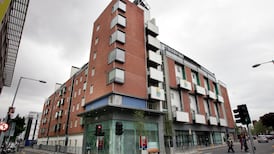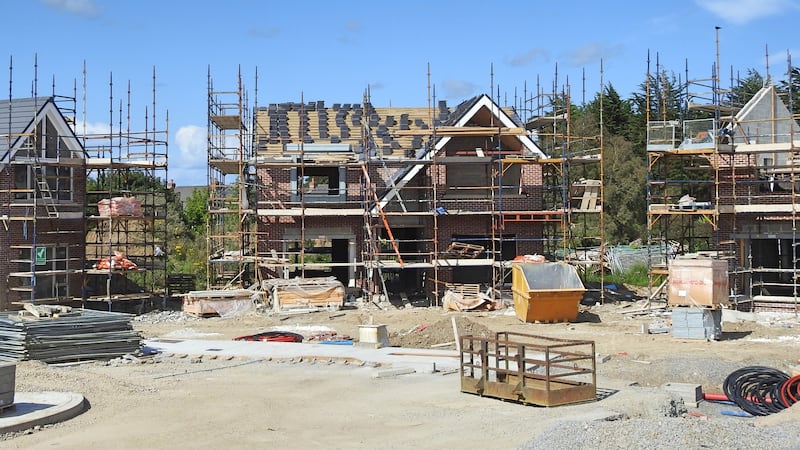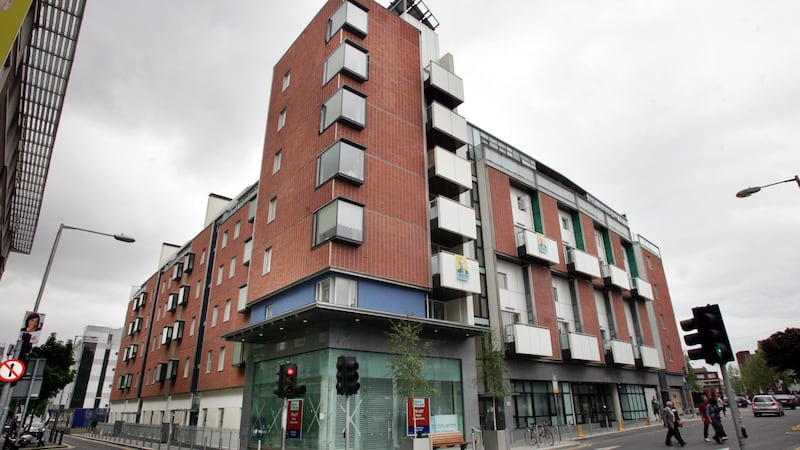Almost 20,000 buildings in Ireland were classed as derelict in June 2025, a 2.9 per cent reduction in the year since June 2024, according to a new report.
Vacancy rates decreased in 17 counties over the same 12-month period, the GeoDirectory report found.
GeoDirectory oversees an address database for all dwellings in the State. The company’s latest Residential Buildings Report, which examines the stock of houses and apartments, was published on Tuesday.
The report, prepared by consultancy firm EY, found that 19,821 residential buildings were classified as derelict in June. All counties saw the number of derelict address-points decline relative to the same period last year.
RM Block
The national average vacancy rate in the second quarter of this year was 3.7 per cent, with 80,328 residential properties recorded as vacant in June.
Annette Hughes, director at EY Economic Advisory, said the reduction in vacant properties reflects “a broader trend of improved utilisation of existing stock as more homes are being brought back into use”.
The lowest vacancy rates in the country were recorded in Dublin (1.1 per cent), Kildare (1.6 per cent), Waterford (2.1 per cent) and Carlow (2.5 per cent), while the highest residential vacancy rates were found along the north and west coasts.
Leitrim had the highest vacancy rate, at 11.9 per cent. Next was Mayo (10.6 per cent), followed by Roscommon (10.1 per cent), Donegal (9.0 per cent) and Sligo (8.4 per cent).
“Derelict address points continue to be concentrated along the west coast of Ireland, with over a third (38.2 per cent) of derelict residential buildings located in Connacht,” the report notes.
Mayo registered the highest concentration of derelict address points (14.1 per cent of the national total), followed by Donegal (11.5 per cent) and Galway (8.9 per cent).
A total of 33,002 new residential address points were added in the 12 months to June 2025, representing a 5.2 per cent increase. A further 23,869 residential buildings were under construction across the country in June, up 9.2 per cent from the previous year.
Dara Keogh, CEO of GeoDirectory, said the increase in new residential addresses is “a testament to ongoing construction and development” but “the market continues to navigate complex issues”.
“We continue to see low levels of vacancy in the residential property sector at 3.7 per cent and average house prices continue to rise, now at €420,469,” Mr Keogh said.
“This reflects persistent demand, even as we observe a slight decrease in overall property transactions.”
Based on CSO data, the average house price nationally was €420,469 in June, an increase of 9.8 per cent year-on-year.
The number of residential property transactions fell by 1.6 per cent when compared to the same period last year, with a total of 47,927 properties purchased in the 12-months to June 2025.
In Dublin, the average property transaction price was €585,754, the highest in the country, while the lowest average property price was in Leitrim at €204,323.
















